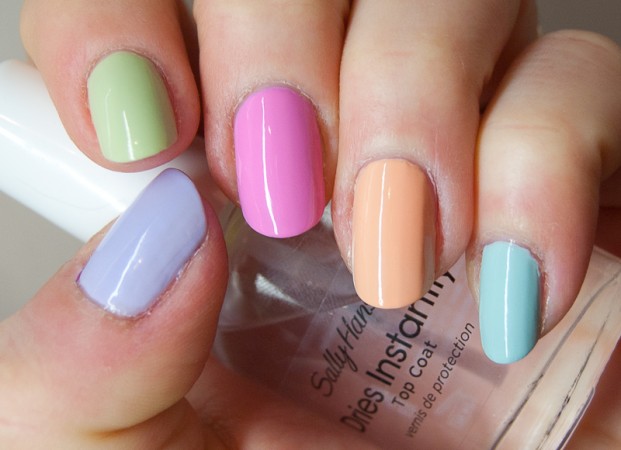
Oil pastels are a fascinating medium that allows artists to create vibrant and textured works of art. Whether you're a seasoned artist or just starting out, knowing how to properly care for and maintain your oil pastels is essential for preserving their quality and ensuring their longevity. In this comprehensive guide, we'll delve into the techniques and tips for keeping your oil pastels in pristine condition, so you can continue to create stunning artworks for years to come.
Before we dive into the techniques of maintaining oil pastels, let's take a moment to appreciate the unique qualities that make this medium so captivating. Oil pastels are made of a blend of pigments, non-drying oil, and a wax binder. This composition gives them a soft, buttery consistency that allows for smooth blending and layering. The vibrant colors and ability to create rich textures set oil pastels apart from other art mediums.
Proper storage is the foundation of maintaining the quality of your oil pastels. Here's how to do it right:
Store your oil pastels in a container with compartments or individual slots. This prevents them from touching and smudging each other, preserving their distinct colors.
Oil pastels are sensitive to temperature and humidity changes. Store them in a cool, dry place away from direct sunlight and extreme temperature fluctuations.
When not in use, wrap your oil pastels in acid-free paper to prevent dust and dirt from settling on them. This also prevents the colors from transferring to other surfaces.
Cleaning oil pastels might sound counterintuitive, but it's essential for maintaining their color purity and preventing muddiness in your artworks.
To clean the surface of your oil pastels, gently press a clean sheet of paper onto the artwork. This lifts excess oil and prevents smudging.
If you've accidentally applied the wrong color or want to make corrections, layer a piece of tracing paper over the area and apply the desired color on top. This allows you to make changes without damaging the layers beneath.
Caring for your oil pastels goes beyond storage and cleaning. It involves handling them properly during your artistic process.
When layering colors, begin with lighter shades and gradually build up to darker ones. This technique prevents your colors from becoming muddy and ensures each layer retains its vibrancy.
To protect finished artworks, consider using a fixative spray. Hold the fixative about 12 inches away from the artwork and apply it in thin, even layers. Allow each layer to dry before adding another.
If you're framing your oil pastel artwork, use a mat to prevent the artwork from touching the glass. This helps maintain the texture and prevents smudging.
To ensure the longevity of your oil pastel creations, follow these long-term care tips:
When displaying your oil pastel artworks, choose a location away from direct sunlight, as prolonged exposure can cause fading.
Avoid touching the surface of your oil pastel artwork with your fingers, as the natural oils from your skin can cause discoloration over time.
If you have multiple oil pastel pieces, rotate their display to prevent prolonged exposure to light and environmental factors.
Oil pastels that have become hard and difficult to work with can still be brought back to life:
Gently warm the oil pastels by placing them in a sunny spot or near a warm air source. This softens them, making them easier to use.
Dab a cloth or cotton swab in a small amount of baby oil or mineral spirits, then gently rub it on the surface of the oil pastel to soften and restore its texture.
Caring for oil pastels is an essential skill for any artist who wishes to create enduring and breathtaking works of art. By understanding the nuances of storage, cleaning, and handling, you can ensure that your oil pastels remain as vibrant as the day you first picked them up. So go ahead, unleash your creativity, and let your oil pastels shine for years to come!
Remember, every stroke of your pastel is a step toward artistic excellence.